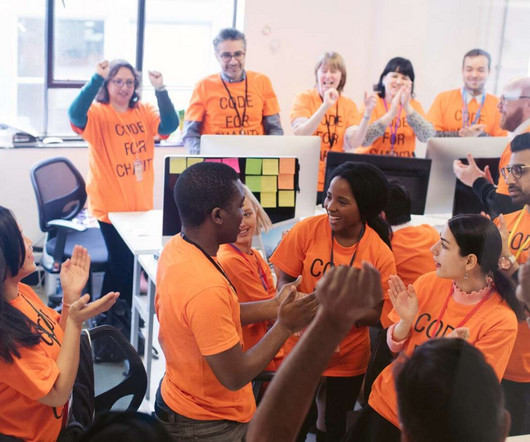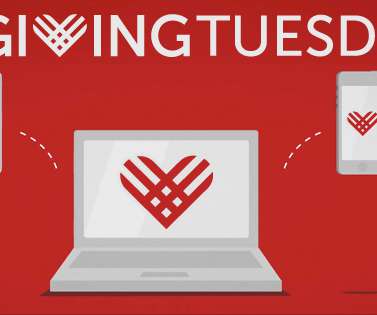4 Financial Metrics to Increase Transparency for Your Nonprofit
sgEngage
DECEMBER 29, 2023
Impact of Transparency in Nonprofits Studies show that organizations that provided better and more information to stakeholders raised substantially more money in subsequent years than organizations that didn’t share information with stakeholders. If the data is proven, why in the world isn’t everyone doing this?




























Let's personalize your content